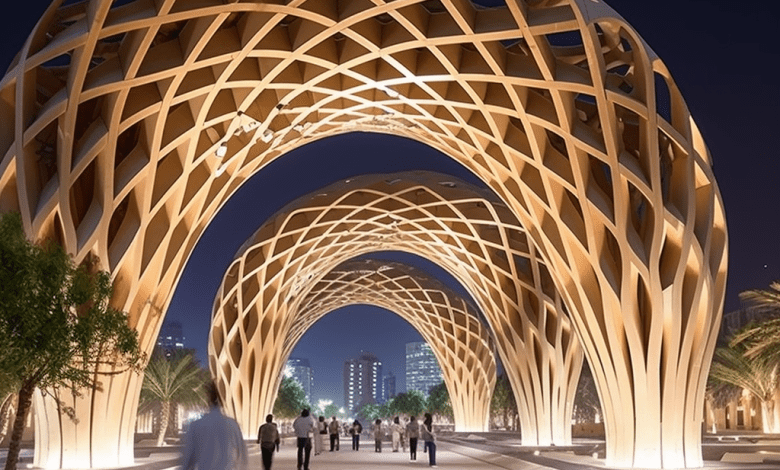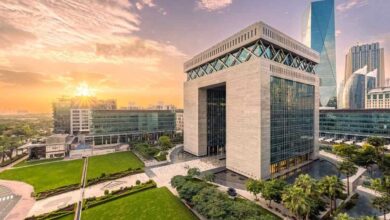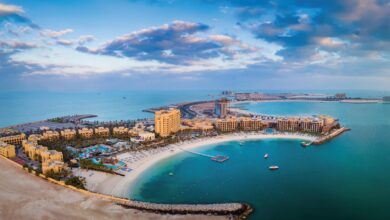
- The GCC countries have emerged as a global hub for innovative and contemporary architecture. From towering skyscrapers to sustainable city designs, these nations have redefined urban landscapes while preserving their cultural identities. The blending of tradition and modernity, along with a focus on sustainability and technological advancements, has propelled the GCC region into the spotlight of architectural excellence. As these countries continue to shape their urban environments, the world eagerly awaits the next groundbreaking design that will further redefine the future of architecture in the GCC.
Redefining the Urban Landscape: Exploring Contemporary Architecture in the GCC
The Gulf Cooperation Council (GCC) countries, comprising Bahrain, Kuwait, Oman, Qatar, Saudi Arabia, and the United Arab Emirates (UAE), have been experiencing an architectural renaissance in recent years. These nations have transformed their urban landscapes through innovative and avant-garde architectural designs. This investigative article delves into the realm of contemporary architecture in the GCC, uncovering the cutting-edge designs and modern structures that have shaped these nations’ skylines.
- The Rise of Iconic Towers:
In the race to construct taller and more visually striking structures, the GCC countries have embraced iconic towers as symbols of their economic prosperity and global stature. The Burj Khalifa in Dubai, United Arab Emirates, stands as a testament to this trend. Soaring at 828 meters, it remains the world’s tallest building, redefining what is possible in architectural engineering. Other remarkable structures, such as the Kingdom Centre in Riyadh, Saudi Arabia, and the Aspire Tower in Doha, Qatar, have become iconic landmarks within their respective cities. - Sustainable Oasis:
The harsh desert climate of the GCC region has necessitated a focus on sustainable architecture. Embracing cutting-edge technologies and design principles, architects and urban planners have developed innovative solutions to combat extreme temperatures and reduce energy consumption. The Masdar City project in Abu Dhabi, UAE, is a prime example of sustainable urban development. With its incorporation of renewable energy sources, intelligent design, and a pedestrian-focused layout, Masdar City aims to be a blueprint for sustainable cities of the future. - Blending Tradition and Modernity:
While embracing modern architectural styles, the GCC countries have strived to maintain a connection to their cultural heritage. Architects have successfully blended traditional Islamic design elements with contemporary aesthetics. The Museum of Islamic Art in Doha, Qatar, designed by I.M. Pei, is an exemplary fusion of tradition and modernity. Its geometric patterns, inspired by Islamic architecture, harmonize with the sleek lines of the building, creating a captivating visual experience. - Futuristic Cities:
The GCC countries have not shied away from envisioning cities of the future. “Smart cities” have become a focal point for urban planning, integrating technology to enhance efficiency, sustainability, and quality of life. The King Abdullah Financial District in Riyadh, Saudi Arabia, is a futuristic urban complex that combines cutting-edge infrastructure, advanced transportation systems, and intelligent building management. These developments aim to create seamless connectivity and enhance the overall urban experience. - Cultural Landmarks:
In addition to commercial and residential structures, the GCC countries have invested in cultural landmarks that celebrate their rich heritage and promote artistic expression. The Louvre Abu Dhabi, designed by Jean Nouvel, is an architectural marvel that combines modern design with cultural significance. Its distinctive floating dome and the interplay of light and shadow create a mesmerizing atmosphere that reflects the region’s vibrant art and culture.





